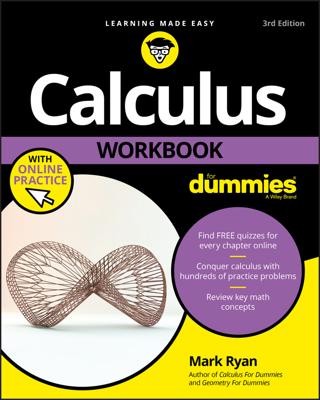To begin, enter the limit expression in graphing or “y =” mode, go to Table Setup, set Tblstart to the arrow-number, and set
to something small like 0.01 or 0.001. When you look at the table, you’ll often see the y values getting closer and closer to the limit answer as x homes in on the arrow-number. If it’s not clear what the y values are approaching, try a smaller increment for the
number. This method often gives you a good feel for what’s happening in a limit problem.
Practice questions
- Evaluate

- Use your calculator to determine

Answers and explanations
- The answer is 7.
Step 1. Enter
in graphing or “y =” mode. Step 2. Go to Table Setup and set tblStart to the arrow-number, 6, and
 to 0.01. Step 3. Go to the Table and you’ll see the y values getting closer and closer to 7 as you scroll toward x = 6 from above and below 6. So, 7 is your answer.
to 0.01. Step 3. Go to the Table and you’ll see the y values getting closer and closer to 7 as you scroll toward x = 6 from above and below 6. So, 7 is your answer.
- The answer is 1.
Enter the function in graphing mode like this:
Then go to table setup and enter a small increment into
 (try 0.01 for this problem), and enter the arrow-number, 0, into tblStart. When you scroll through the table near x = 0, you’ll see the y values getting closer and closer to the round number 1. That’s your answer. This problem is not easy to do with algebra.
(try 0.01 for this problem), and enter the arrow-number, 0, into tblStart. When you scroll through the table near x = 0, you’ll see the y values getting closer and closer to the round number 1. That’s your answer. This problem is not easy to do with algebra.

